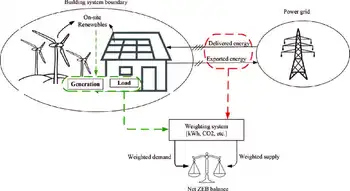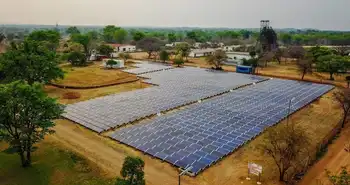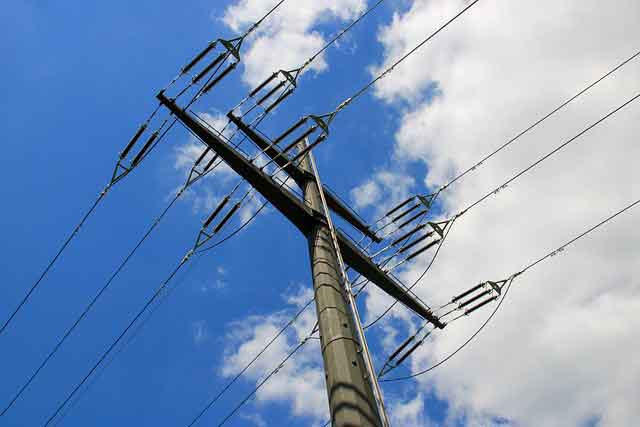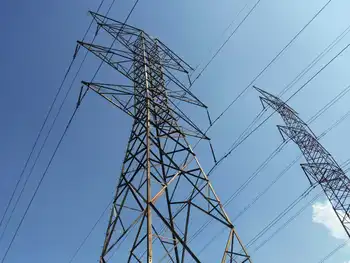Montana-Alberta tie line now fully operational
- In September 2013, the Montana-Alberta Tie Line MATL became fully operational. MATL is a 230 kilovolt “merchant inter-tie”—a transmission line owned by private investors Enbridge—that connects the Alberta Interconnected Electric System AIES to the NorthWestern Energy power grid system in Montana.
MATL is AlbertaÂ’s first merchant inter-tie and the provinceÂ’s first interconnection to the U.S. Alberta electricity consumers will not bear the cost of constructing or operating this line.
Inter-ties are transmission interconnections between neighboring electric systems that allow power to be imported and exported. Alberta currently has two other interconnections with neighboring jurisdictions—an inter-tie to Saskatchewan capable of importing and exporting 153 megawatts MW, and a larger inter-tie to B.C. that, under current reliability limits, can transfer 700 MW for import and 735 MW for export.
MATL has the capacity to import and export approximately 300 MW between Montana and Alberta. The line is 345 km long, with the Canadian portion stretching approximately 123 km between the U.S. and the new Picture Butte substation in the Lethbridge area.
The addition of MATL to the AIES will bring more diversity to AlbertaÂ’s electricity supply and will help support the development of wind generation.
The new line will be primarily used to import electricity from Montana. Initially there will be few exports on it due to limited access from Montana to the Pacific NorthwestÂ’s connection. Alberta has been a net importer of electricity for 16 of the last 17 years.
Related News

Can Canada actually produce enough clean electricity to power a net-zero grid by 2050?
TORONTO - By Merran Smith and Mark Zacharias
Canada is an electricity heavyweight. In addition to being the world’s sixth-largest electricity producer and third-largest electricity exporter, Canada can boast an electricity grid that is now 83 per cent emission-free, not to mention residential electricity rates that are the cheapest in the Group of Seven countries.
Indeed, on the face of it, the country’s clean electricity system appears poised for success. With an abundance of sunshine and blustery plains, Alberta and Saskatchewan have wind- and solar-power potential that rivals the best on the continent. Meanwhile, British Columbia, Manitoba, Quebec, and Newfoundland and Labrador…




